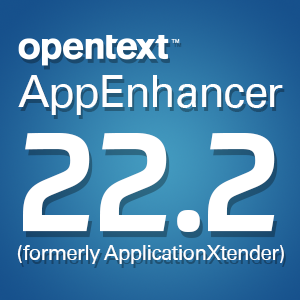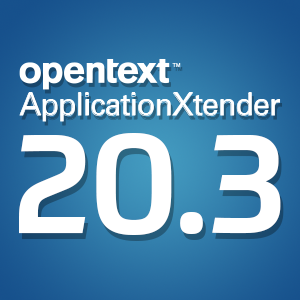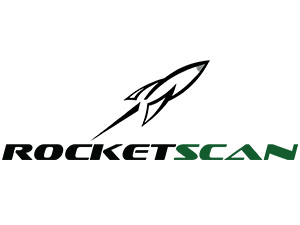EDM use rises for disaster recovery planning
Thursday, March 7, 2013Regulatory compliance and disaster recovery concerns are causing more health organizations to utilize electronic document management (EDM) technologies for enhanced backup and security strategies.
According to a recent CommVault survey, compliance is especially key considering the increasingly mobile workforce in the healthcare industry. According to CommVault, healthcare reform has resulted in an explosion of information, which has emphasized a need to retain, secure and protect all patient data in compliance with new regulations. The survey revealed that 61 percent of healthcare professionals have concerns regarding managing and securing unstructured health information, such as emails stored on mobile devices.
Furthermore, only 26 percent of survey respondents had implemented an eDiscovery or enterprise search solution to meet HIPAA or PCI standards, posing a significant risk to compliance. CommVault revealed that an advanced archiving solution with enterprise search capabilities can ease the burden of data discovery, while decreasing data storage costs and the risk of noncompliance. Jay Savaiano, director of business development for healthcare at CommVault, commented on the findings.
"The HIMSS Media survey reinforces an underlying theme – healthcare organizations want to simplify their IT systems and environments to meet compliance demands and ensure the highest levels of patient care delivery," he stated.
The top priorities cited by respondents for infrastructure investment included electronic health records (EHRs), information governance and disaster recovery solutions.
Accessibility sustains care
According to KMWorld, EHRs can be especially beneficial for disaster recovery purposes. The source reported that when Hurricane Katrina struck New Orleans in 2005, the Medical Center of Louisiana lost nearly half a million patient records stored in basement file cabinets, and only 25 percent of physician's offices had EHRs. More organizations have been backing up data electronically in order to ensure that patient information remains protected in the face of any catastrophe.
Additionally, health information exchanges allow different facilities to share digital copies of patient information. During Hurricane Sandy, the New York eHealth Collaborative allowed doctors to access records for patients who had been transferred from a hospital that was shut down throughout the storm. Further, Lee Stevens, director of the State HIE Policy Office at the U.S. Department of Health and Human Services, told KMWorld that the electronic database has potential for medical research, because it contains records for 14 million New York Residents that can be searched and analyzed to address trending issues.
As healthcare organizations look to protect records from loss during a disaster, EDM solutions can ensure doctors still have access to critical patient information for optimal care and quality treatment.
Brought to you by Image One Corporation providing complete information governance since 1994.




